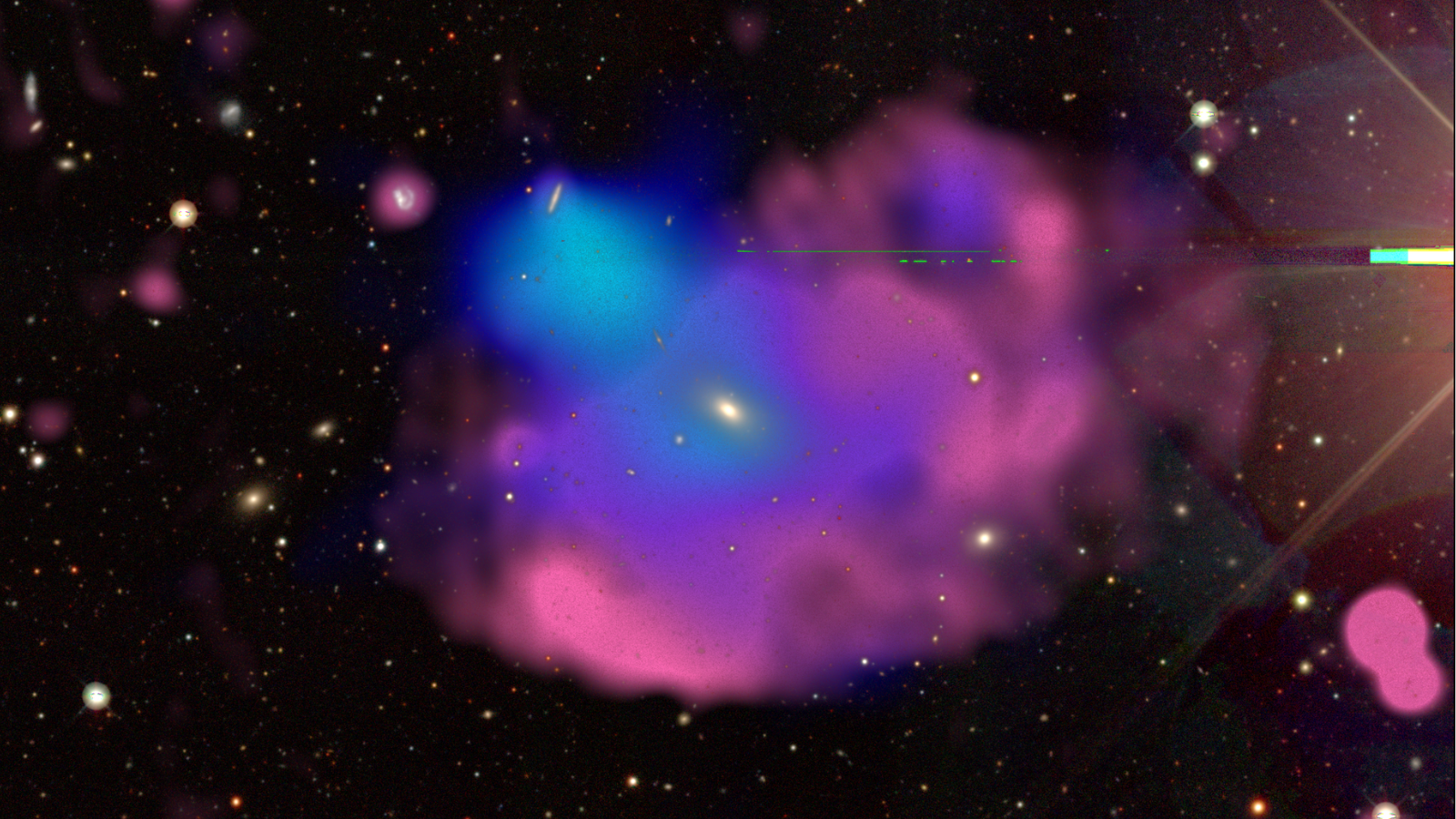by Jeff Foust —

AUSTIN, Texas — Astra Space says it will attempt its next Rocket 3.3 launch as soon as March 14 as the first flight in a multi-launch contract with Spaceflight.
Astra said March 14 it received a license from the Federal Aviation Administration for that launch from Pacific Spaceport Complex – Alaska on Kodiak Island. Liftoff is scheduled for 12:22 p.m. Eastern in a 27-minute launch window, with a backup date of March 15.
The launch, of a vehicle designated LV0009, will be the first since a Feb. 10 launch for NASA failed to reach orbit when the rocket’s payload fairing did not separate correctly. The company said March 7 that it traced the problem to a flaw in a diagram for a wiring harness that kept the separation signal from reaching one mechanism. The company also identified a software flaw in the thrust vector control system of the rocket’s upper stage that caused the stage to keep tumbling once it was able to free itself of the payload fairing.
The LV0009 launch will be the first in a new multi-launch agreement with launch services company Spaceflight that Astra announced March 14. The rocket will carry three Spaceflight customers to a 525-kilometer sun-synchronous orbit. Two of the customers are NearSpace Launch and the Portland State Aerospace Society, the companies said, but did not reveal the third. The announcement did not include details about the payloads, although the Portland State Aerospace Society had previously arranged to launch the student-built OreSat0 cubesat through Spaceflight.
“We continuously look for opportunities to provide our customers access to flexible and reliable options to get to orbit,” Curt Blake, president and chief executive of Spaceflight, said in a statement. “By expanding our launch partner portfolio to include Astra, we can increase the launch opportunities available to our customers.”
Astra’s announcement of the launch was the first time the company officially confirmed its plans to launch LV0009 from Kodiak, although there was widespread speculation Astra was the company associated with an FAA Notice to Air Missions, or NOTAM, for a launch there March 13 to 15. A notice about the launch published by Alaska Aerospace Corporation, which runs the launch site, did not mention the company conducting the launch but included “Astra” in the document’s filename.
In an interview after a panel discussion at the South by Southwest festival here March 12, Chris Kemp, chief executive of Astra, said the company was waiting on an FAA license before announcing its launch plans. While Astra has received other FAA licenses for past launches, the company still needs to get licenses “a la carte” for launches there.
That’s not the case in Florida, where the company secured a license for multiple launches using new streamlined FAA launch licensing regulations known as Part 450. Astra will return to Cape Canaveral Space Force Station for its next three launches after LV0009, Kemp said, launching the six NASA Time-Resolved Observations of Precipitation structure and storm Intensity with a Constellation of Smallsats (TROPICS) Earth science cubesats in the spring.
Note: This article have been indexed to our site. We do not claim legitimacy, ownership or copyright of any of the content above. To see the article at original source Click Here













